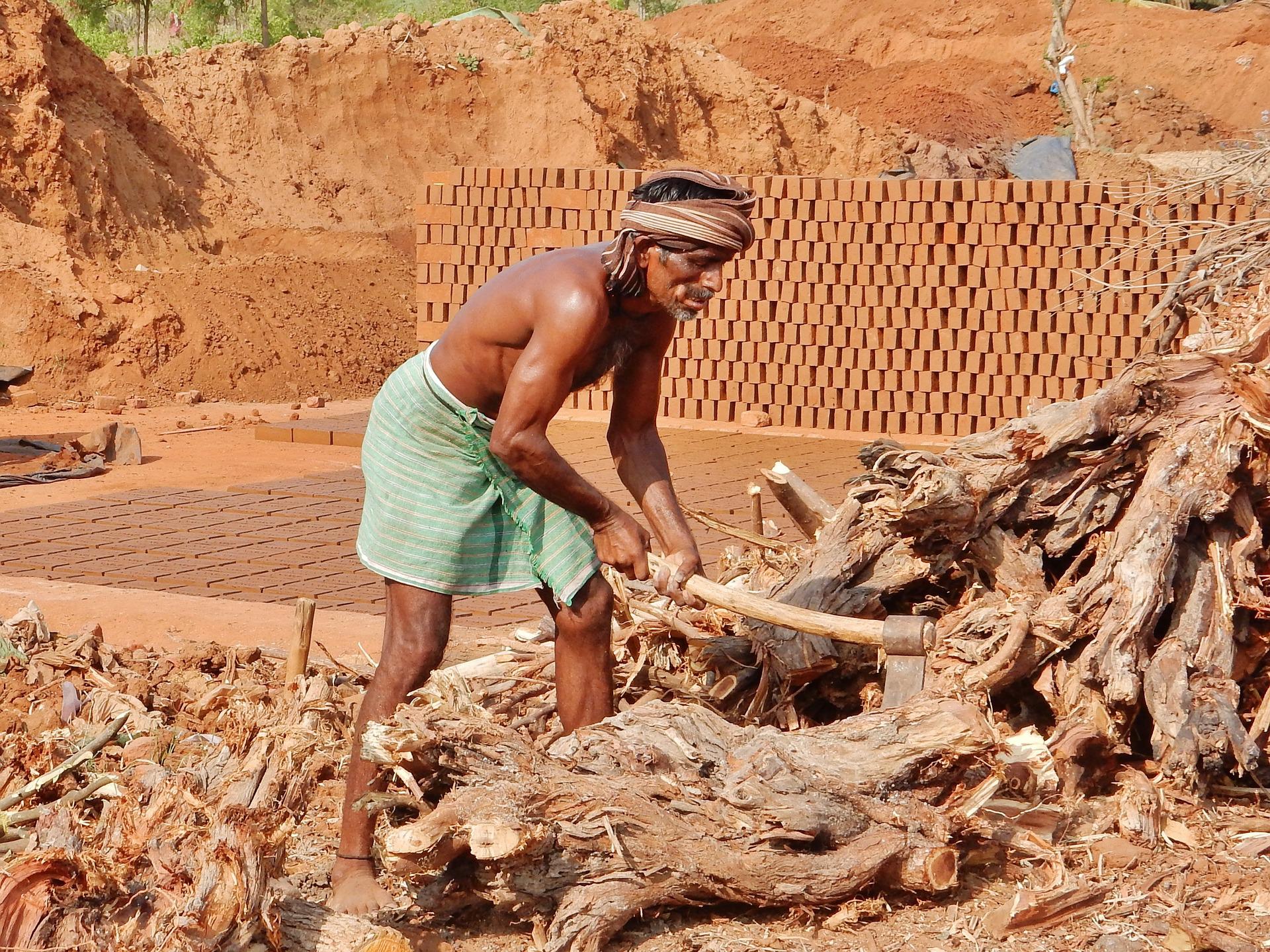With extreme heat gripping large parts of India and Pakistan, the two South Asian countries are working to roll out life-saving heat action plans to combat the heatwave, the World Meteorological Organization (WMO) said on April 29.
This is important, as the extreme heat is impacting hundreds of millions of people in one of the most densely populated parts of the world, threatening to damage whole ecosystems, agriculture, water and energy supplies and key sectors of the economy.
This has raised alarms in both the countries, where health and disaster management agencies are working closely with the national meteorological and hydrological departments plan to roll out heat health action plans that have been successful in saving lives in the past few years, said the UN weather agency in a statement.
WMO reiterated its commitment to “ensuring that multi-hazard early warning services reach the most vulnerable”.
Heat Action Plans
India has established a national framework for heat action plans through the National Disaster Management Authority (NDMA), which coordinates a network of state disaster response agencies and city leaders, to prepare for soaring temperatures and ensure that everyone is aware of heatwave protocols.
The city of Ahmedabad in India was the first South Asian city to develop and implement a city-wide heat health adaptation, in 2013, after experiencing a devastating heatwave in 2010. This successful approach has then been expanded to 23 heatwave-prone states and serves to protect more than 130 cities and districts.
Pakistan has also made strides towards protecting public health from heat. In the summer of 2015, a heatwave engulfed much of central and northwest India and eastern Pakistan and was directly or indirectly responsible for several thousand deaths. A wake-up call, the event led to the development and implementation of the heat action plan in Karachi and other parts of Pakistan.
Typical plans make sure the targeted intervention is a right fit and designed for the heat vulnerable population of a city. A plan first identifies the heat hotspots of the city, locates the vulnerable populations in these pockets, and assesses the nature and status of their vulnerability to extreme heat.
Both India and Pakistan have successful heat-health early warning systems and action plans in place, including those specially tailored for urban areas. These action plans reduce heat mortality and lessen the social impacts of extreme heat, including lost work productivity.
Important lessons have been learned from the past and these are now being shared among all partners of the WMO co-sponsored Global Heat Health Information Network, to enhance capacity in the hard-hit region, the UN agency said.
Intense Heat to Continue
The India Meteorological Department said that maximum temperatures reached 43-46°C in widespread areas, on 28 April, and that this intense heat will continue until 2 May.
Similar temperatures have also been seen in Pakistan, with daytime temperatures likely to be between 5°C and 8°C above normal in large swathes of the country, said the Pakistan Meteorological Department. It also warned that in the mountainous regions of Gilgit-Baltistan and Khyber Pakhtunkwa, the unusual heat levels would accelerate snow and ice melt, with the possibility of triggering glacial lake floods or flash floods in vulnerable areas.
Air quality has also deteriorated, and large swathes of land are at risk of fire outbreaks.
However, the WMO says, “it is premature to attribute the extreme heat in India and Pakistan solely to climate change.”
Furthermore, heatwaves are more frequent and more intense and starting earlier than in the past.
The Intergovernmental Panel on Climate Change (IPCC), in its recent Sixth Assessment Report, also said that heatwaves and humid heat stress would be more intense and frequent in South Asia this century.
The current heatwave was triggered by a high-pressure system and follows an extended period of above average temperatures. India recorded its warmest March on record, with an average maximum temperature of 33.1 ºC, or 1.86 °C above the long-term average. Pakistan also recorded its warmest March for at least the past 60 years, with a number of stations breaking March records.


























